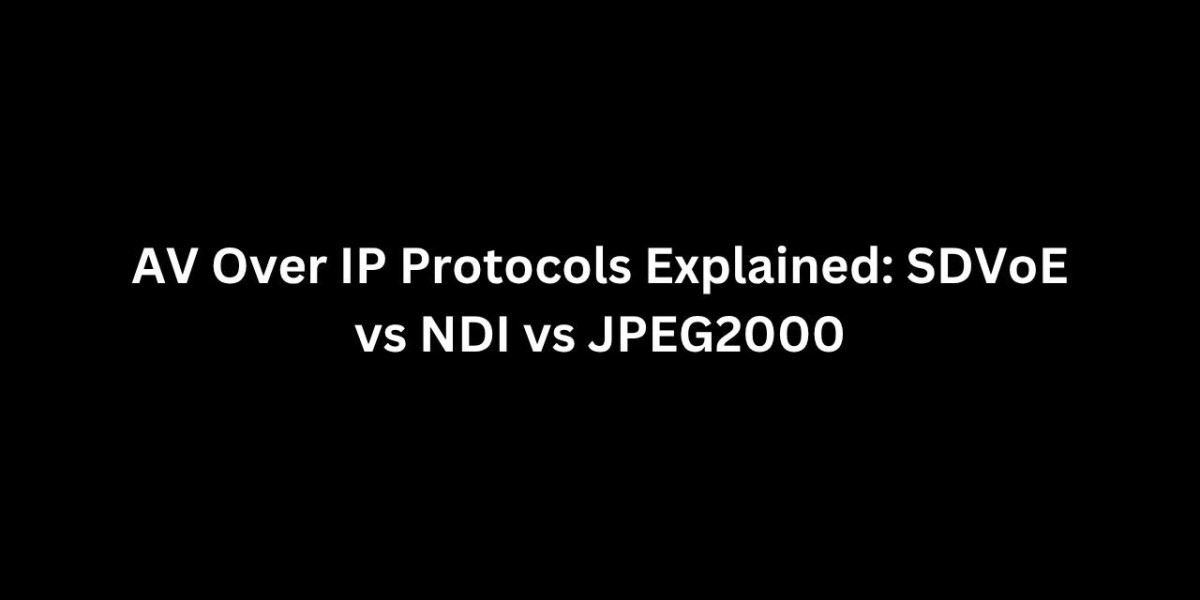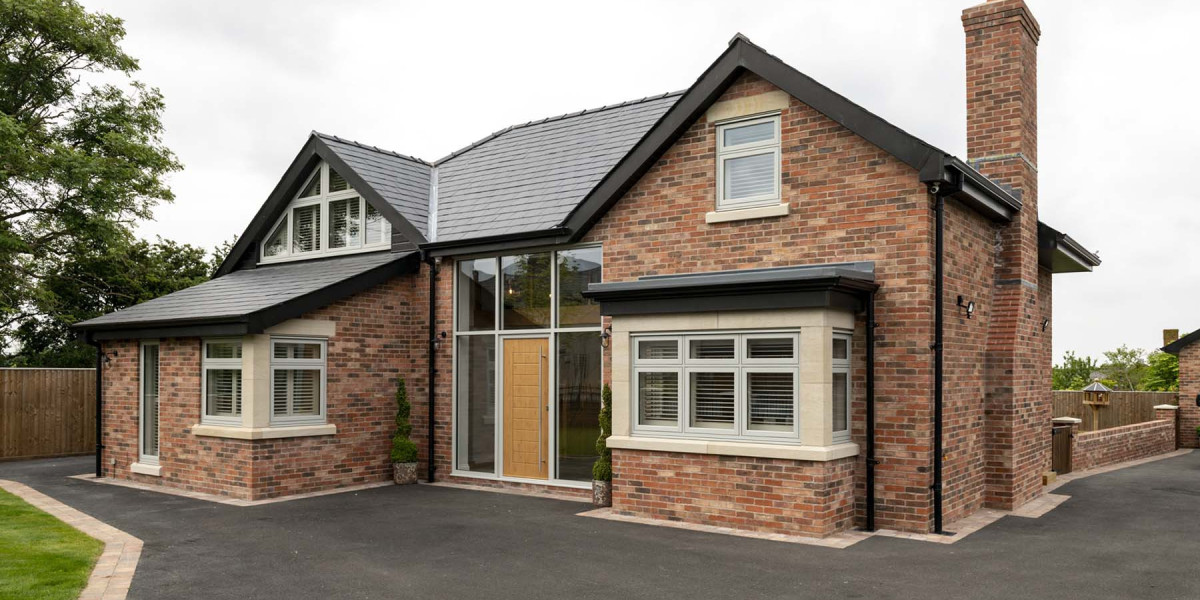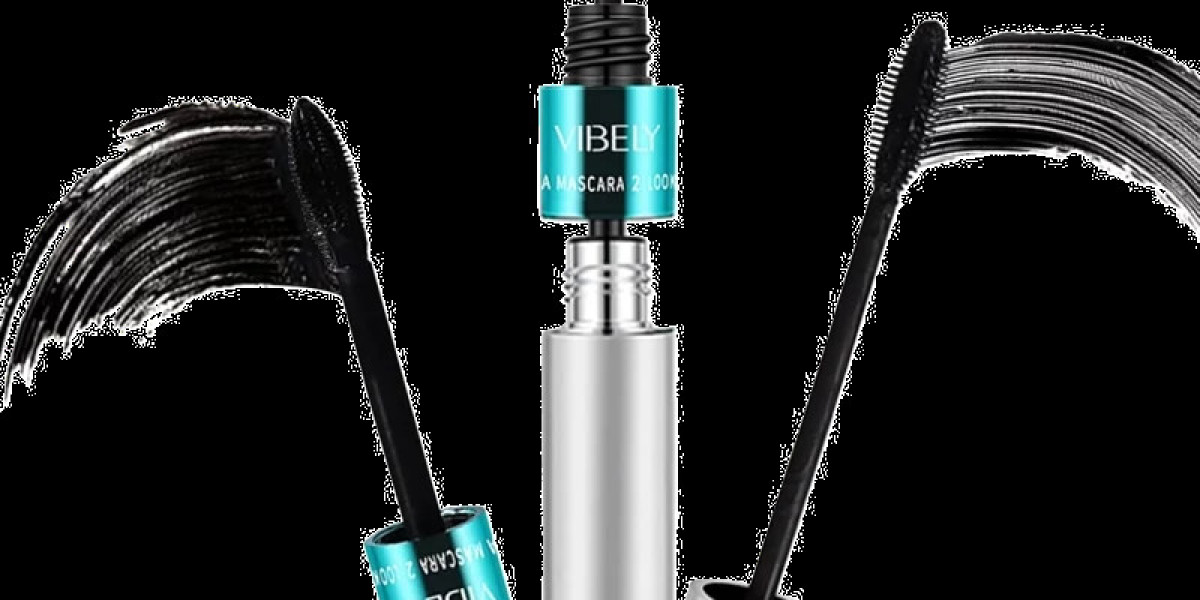The rise of AV Over IP has transformed how audio and video signals are distributed across modern networks. By sending AV content over standard Ethernet infrastructure, AV Over IP provides unmatched scalability, flexibility, and cost-efficiency compared to traditional matrix switchers. However, not all AV Over IP solutions are the same. Different protocols are used to encode, transmit, and decode AV signals, each offering distinct advantages and trade-offs. Three of the most common protocols in the AV Over IP space are SDVoE, NDI, and JPEG2000. This blog will break down these protocols to help you understand how they work and which one might be right for your project.
Understanding AV Over IP Protocols
AV Over IP refers to transmitting audio, video, and control data over standard IP networks instead of relying on traditional point-to-point cabling. To make this possible, the AV signals must be compressed and converted into data packets that travel across the network. This is where protocols come in. Protocols define how the signals are compressed, packetized, transmitted, and decoded at the other end.
The right protocol can significantly impact image quality, latency, bandwidth requirements, scalability, and cost. Let’s take a closer look at SDVoE, NDI, and JPEG2000 to understand how they compare.
SDVoE (Software Defined Video over Ethernet)
SDVoE is a protocol designed for high-performance, low-latency AV distribution over standard 10Gb Ethernet networks. It aims to replace the functionality of traditional matrix switchers with the flexibility of IP networks.
Key features of SDVoE:
Near-zero latency (typically less than 1 millisecond), making it ideal for live events, broadcast environments, and interactive applications.
Visually lossless image quality, supporting 4K60 4:4:4 video and HDR.
Full support for audio, video, and control over the same network.
Advanced features like video wall processing, multiview, and KVM (keyboard video mouse) extension without additional hardware.
Because SDVoE requires 10Gb network switches, it is best suited for high-end professional installations where performance is critical. AV Over IP systems using SDVoE provide the closest experience to traditional matrix switchers in terms of quality and responsiveness.
NDI (Network Device Interface)
NDI is a protocol developed by NewTek, originally for the broadcast and live production industry. It is designed to transmit high-quality, low-latency video over standard 1Gb Ethernet networks, making it accessible for a wide range of applications.
Key features of NDI:
Suitable for 1Gb networks, reducing infrastructure costs compared to 10Gb requirements of SDVoE.
Designed for software-based workflows, with broad integration into live production tools like OBS, vMix, and TriCaster.
Offers compressed video streams that balance quality and bandwidth efficiency.
Supports features like alpha channel transparency, tally, and metadata.
NDI is ideal for live streaming, content creation, and video production where flexibility and software integration matter more than absolute zero latency. It is increasingly being adopted in corporate video applications and educational environments where AV Over IP is being used for content distribution.
JPEG2000
JPEG2000 is a compression standard widely used in digital cinema, broadcast, and AV Over IP systems that need visually lossless video and high reliability. It compresses each video frame independently, which helps minimize the impact of errors during transmission.
Key features of JPEG2000:
Visually lossless compression suitable for 4K and higher resolutions.
Moderate latency, generally a few frames, depending on implementation.
Resilient to network errors due to independent frame compression.
Can operate over 1Gb or 10Gb networks depending on compression settings.
JPEG2000 is commonly used in applications where image quality is critical and where a balance between bandwidth, latency, and resilience is needed. AV Over IP systems using JPEG2000 are often found in control rooms, command centers, and broadcast facilities.
Comparing SDVoE, NDI, and JPEG2000
Let’s break down how these protocols stack up in key areas:
| Feature | SDVoE | NDI | JPEG2000 |
|---|---|---|---|
| Latency | Less than 1 ms | 100-250 ms typical | Few frames (low ms range) |
| Network requirement | 10Gb Ethernet | 1Gb Ethernet | 1Gb or 10Gb Ethernet |
| Compression | Visually lossless, minimal | Compressed, efficient | Visually lossless |
| Best for | Live events, video walls, KVM | Live production, streaming | Broadcast, control rooms |
| Scalability | High, with 10Gb switches | High, software friendly | High, depending on network |
| Cost | Higher (due to 10Gb) | Lower (uses 1Gb) | Medium (varies by system) |
How to Choose the Right Protocol
The best AV Over IP protocol for your project depends on several factors:
Performance requirements: If ultra-low latency and perfect image quality are critical, SDVoE is likely the best choice. This applies to applications like live events, eSports arenas, and surgical suites.
Budget and network infrastructure: If you want to use existing 1Gb networks and keep costs down, NDI provides a flexible and affordable solution, especially for content creation and streaming.
Image quality and reliability: For applications where visually lossless video is essential but where latency can be slightly higher, JPEG2000 offers a good balance. This makes it suitable for high-end broadcast and control room environments.
Integration needs: NDI is particularly strong in software-centric workflows where integration with production tools and streaming platforms is required.
Conclusion
AV Over IP has opened the door to more flexible and scalable AV systems than ever before. Understanding the protocols behind these systems is key to designing a solution that meets your specific needs. SDVoE, NDI, and JPEG2000 each have unique strengths that make them suited to different types of projects. By matching the protocol to your application’s demands for latency, bandwidth, image quality, and cost, you can build an AV Over IP system that delivers outstanding performance and value. As AV Over IP continues to evolve, these protocols will play a central role in shaping the future of AV distribution.
Read more: https://filmfinder.com/read-blog/49585








